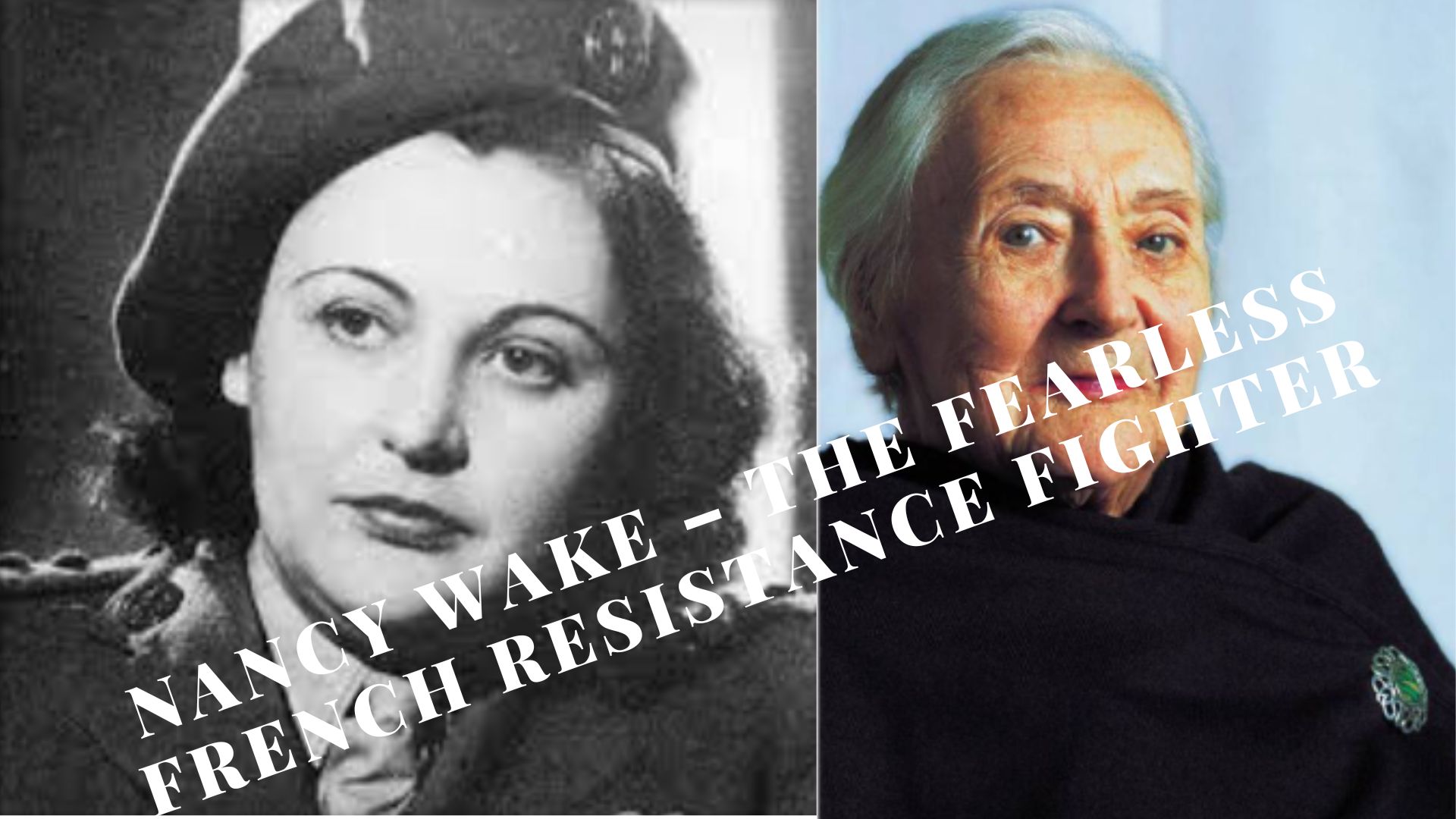Nancy Wake – The Fearless French Resistance Fighter Known as the ‘White Mouse’
Nancy Wake: Nancy Grace Augusta Wake was born on August 30, 1912, in Wellington, New Zealand, and raised in Sydney, Australia. She was the youngest of six children. After her father abandoned the family, Wake grew up with a strong sense of independence and defiance.
In her early 20s, she traveled to Europe, eventually settling in Paris, where she worked as a journalist. It was during this time that she witnessed the rise of Adolf Hitler and the brutal treatment of Jews by the Nazis—an experience that deeply impacted her and steered her future actions.
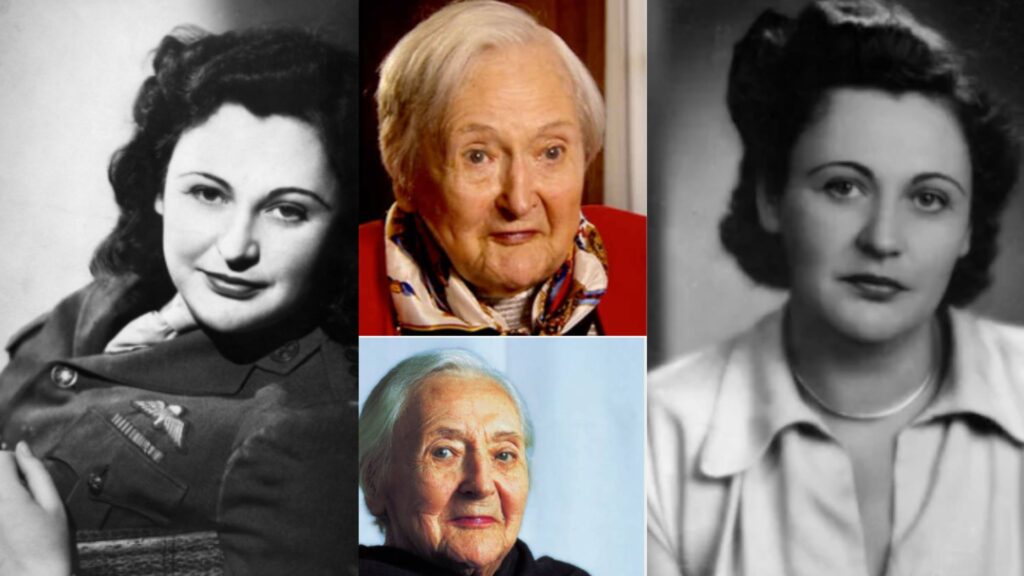
💍 Marriage and Resistance Beginnings (1939–1943)
Nancy married wealthy French industrialist Henri Fiocca in 1939. When Germany invaded France in 1940, she joined the French Resistance, using her charm, intelligence, and bravery to help Jews, Allied pilots, and resistance fighters escape Nazi-occupied territories.
She earned the nickname “The White Mouse” from the Gestapo because of her uncanny ability to elude capture. She became one of the most wanted people in France, with a huge bounty placed on her head.
In 1943, after narrowly escaping arrest, she fled France by crossing the Pyrenees mountains on foot into Spain—an incredibly dangerous journey she undertook without formal training or gear.
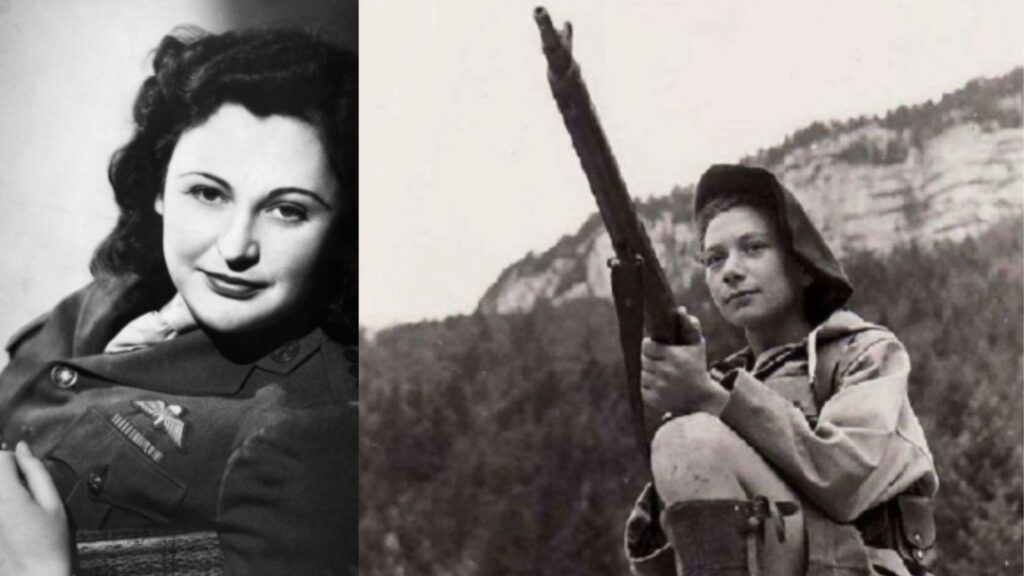
🎖️ Training and Parachuting Into War (1943–1944)
After reaching Britain, Nancy joined the Special Operations Executive (SOE), a British spy organization formed to conduct espionage and sabotage behind enemy lines. She underwent extensive training in survival, combat, radio operation, and explosives.
In April 1944, just before D-Day, Nancy Wake parachuted back into France as an SOE agent. She coordinated thousands of Maquis (French resistance fighters), organized supply drops, and led daring sabotage missions against German forces.
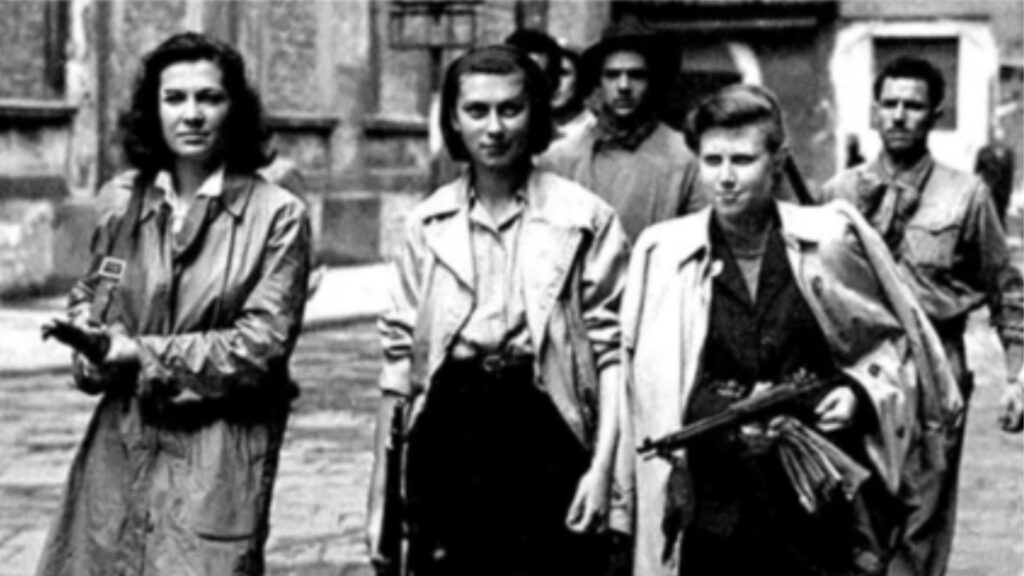
🔥 A Leader of War and Sabotage (1944–1945)
Wake commanded more than 7,000 resistance fighters, leading successful attacks on German convoys, bridges, and rail lines. Her boldness and combat prowess made her a legendary figure among Allied forces and a nightmare for the Nazis.
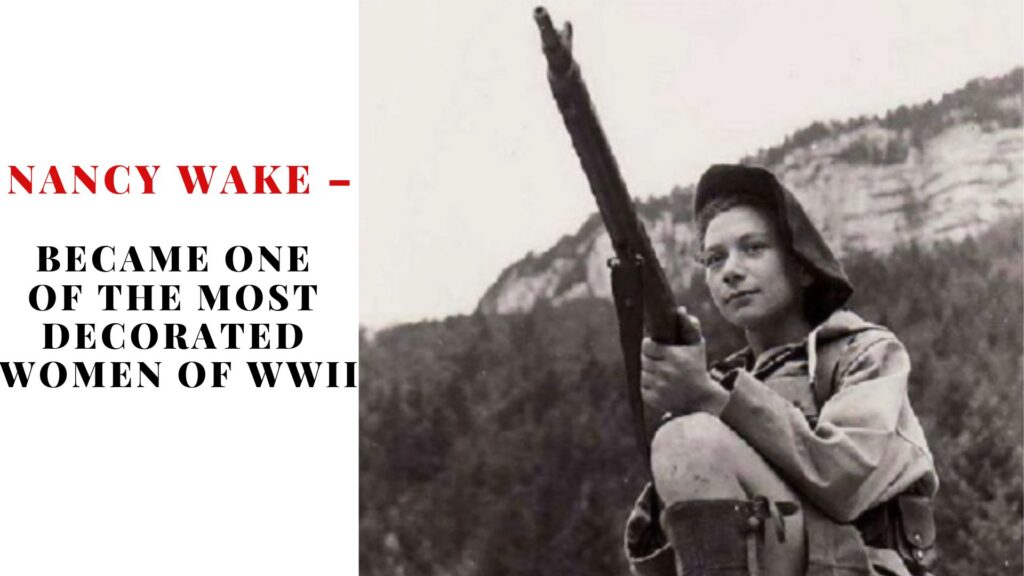
At one point, she bicycled over 500 kilometers (310 miles) in just three days through enemy territory to replace lost radio equipment—an effort that saved her team and led to a key Allied success.
Sadly, during the war, her husband Henri was captured, tortured, and executed by the Gestapo for refusing to give information about her. Nancy didn’t learn of his fate until after the war.
ALSO READ Ibrahim Traoré: The Young Revolutionary Leading Burkina Faso
🕊️ Post-War Life (1945–2011)
After the war, Nancy Wake was decorated with numerous honors, including:
- George Medal (UK)
- Medal of Freedom (USA)
- Croix de Guerre (3 times) and Legion of Honour (France)
- Medal of Resistance (France)
- Companion of the Order of Australia (Australia)
She tried entering politics in Australia in the 1950s but was unsuccessful. Later, she returned to London and worked for the British Air Ministry.
In her later years, she lived a quiet life in London and Australia. Despite her fame, she remained modest about her wartime achievements.
Nancy Wake passed away on August 7, 2011, in London, just shy of her 99th birthday.
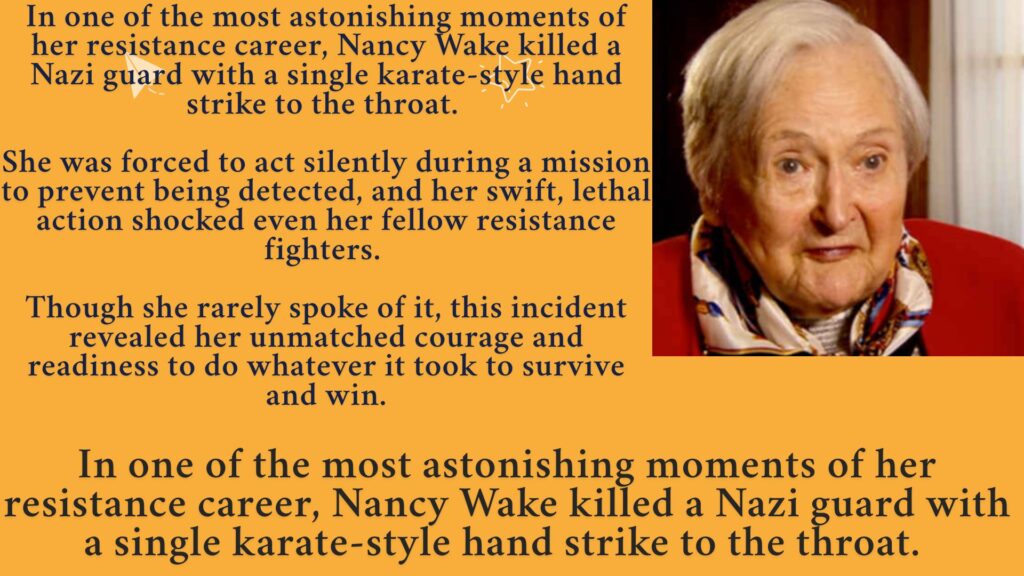
🧠 Legacy of “The White Mouse”
Nancy Wake is remembered as one of the most decorated women of World War II and one of the bravest resistance leaders in history. Her fearlessness, strategic mind, and relentless pursuit of justice inspired generations of women and freedom fighters around the world.
🔍 Quick Facts About Nancy Wake
| Fact | Detail |
|---|---|
| Full Name | Nancy Grace Augusta Wake |
| Born | August 30, 1912 – Wellington, New Zealand |
| Died | August 7, 2011 – London, UK |
| Code Name | The White Mouse |
| Organization | SOE (UK), French Resistance |
| Known For | Espionage, sabotage, guerrilla leadership |
| Awards | George Medal, Croix de Guerre (x3), Medal of Freedom, Legion of Honour |
❓ FAQs About Nancy Wake
Q: Why was Nancy Wake called “The White Mouse”?
Because she constantly evaded Nazi capture. The Gestapo couldn’t track her down, comparing her elusive nature to a white mouse slipping through their fingers.
Q: How did Nancy Wake help the French Resistance?
She led sabotage missions, trained fighters, coordinated Allied supply drops, and personally destroyed German infrastructure. She also assisted hundreds in escaping Nazi territory.
Q: Was Nancy Wake ever caught by the Nazis?
No, despite being one of the Gestapo’s most wanted, she always managed to escape capture.
Q: Did she have any children or remarry?
No, Nancy Wake never remarried or had children after the death of her husband, Henri Fiocca.

